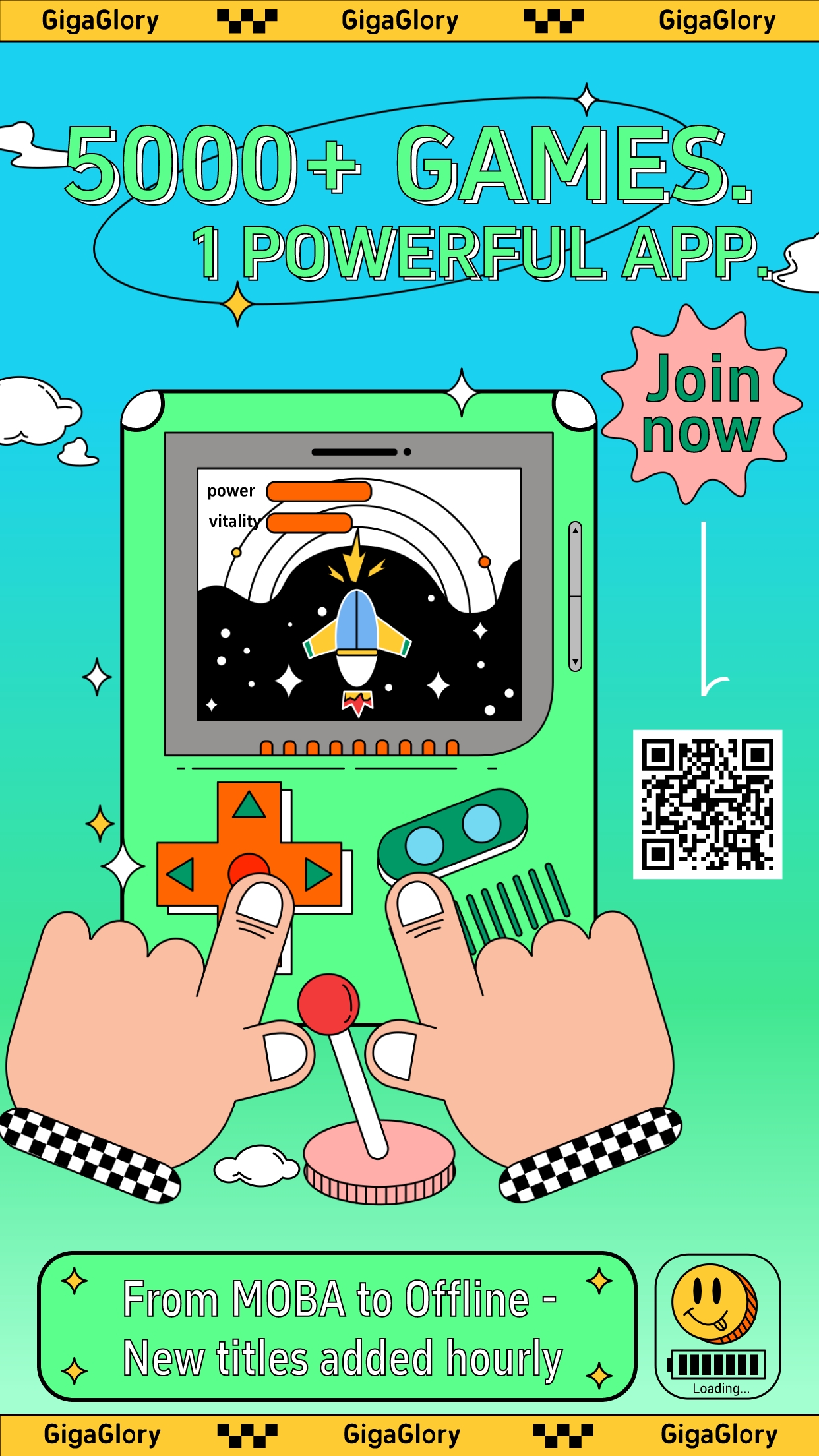Unlocking Learning: How Casual Games Are Revolutionizing Educational Games
In a world where learning can often feel like a chore, casual games emerge as a playful antidote, offering a refreshing twist on traditional educational methods. Imagine a realm where learning is not confined to dusty textbooks, but instead unfolds in vibrant, interactive spaces, where games and rituals weave together stories that captivate the curious mind.
The Rise of Casual Games
Casual games are designed for a broad audience, breaking the barriers of skill and commitment. They invite players to engage without the pressures of a steep learning curve, allowing for spontaneous play. These games, often found on smartphones or browsers, are the new playgrounds of knowledge.
Education Meets Entertainment
As the lines between education and entertainment blur, casual games step into the spotlight. No longer mere distractions, these digital diversions have become powerful educational tools, embracing the adage: "play is the highest form of research."
Why Casual Games Work
- Accessibility: Easy to learn and play, these games are available to anyone with a device.
- Engagement: Their entertaining nature keeps players returning, fueling curiosity.
- Instant Feedback: Players receive quick responses to their actions, aiding learning through trial and error.
Turning Learning into a Game
Incorporating game mechanics into educational settings transforms mundane tasks into quests for knowledge. Consider this: Instead of rote memorization, learners can embark on adventures, battling dragons of math problems or exploring the depths of history through immersive quests.
Building Knowledge through Stories
The beauty of casual games lies in their storytelling capabilities. Players not only learn facts; they live narratives that develop critical thinking skills. Educational games become vessels of knowledge, transporting players to different times and places.
Case Study: Last War Survival Game
| Feature | Description |
|---|---|
| Gameplay | Survive by solving challenges that teach survival skills and teamwork. |
| Audience | Targeted towards teens, but enjoyed by players of all ages. |
| Key Learning Points | Resource management, strategic planning, and collaborative effort. |
The Psychological Impact of Casual Games
Research shows that games boost motivation and retention. The psychological principles behind game design entice players, creating a unique learning environment where failure is just a stepping stone to success.
Empowering Educators
Educators, too, benefit from the casual gaming revolution. These tools can assist in creating engaging multimedia lesson plans, ensuring that learning is not just effective but delightful. With casual games, teachers can bring their lessons to life.
The Role of Community in Learning
Online platforms allow players to collaborate, share experiences, and learn from one another. Communities formed around these games foster a sense of belonging and motivation, propelling learners to strive for mastery in a supportive environment.
Challenges Ahead
While the potential is immense, challenges persist. The landscape is ever-evolving, demanding constant adaptation from game developers and educators alike. Creating content that is truly educational without sacrificing fun remains vital.
Future Implications for Casual Games in Education
As technology advances, the synergy between education and gaming will only strengthen. Imagine augmented reality classrooms where students interact with digital elements in real-time, bringing lessons to life in ways we are just beginning to explore.
Tips for Incorporating Casual Games into Learning
- Start with free options available online to assess their educational value.
- Engage with students for feedback on their gaming experiences.
- Integrate game mechanics into lesson plans to enhance engagement.
Conclusion: A New Era of Learning
Casual games have unlocked a new dimension of learning, reshaping how knowledge is imparted. Through innovative mechanics and engaging narratives, these games have transformed education into an exciting journey rather than a tedious task. As we embrace this fusion of play and education, we open doors to limitless possibilities for future generations.



